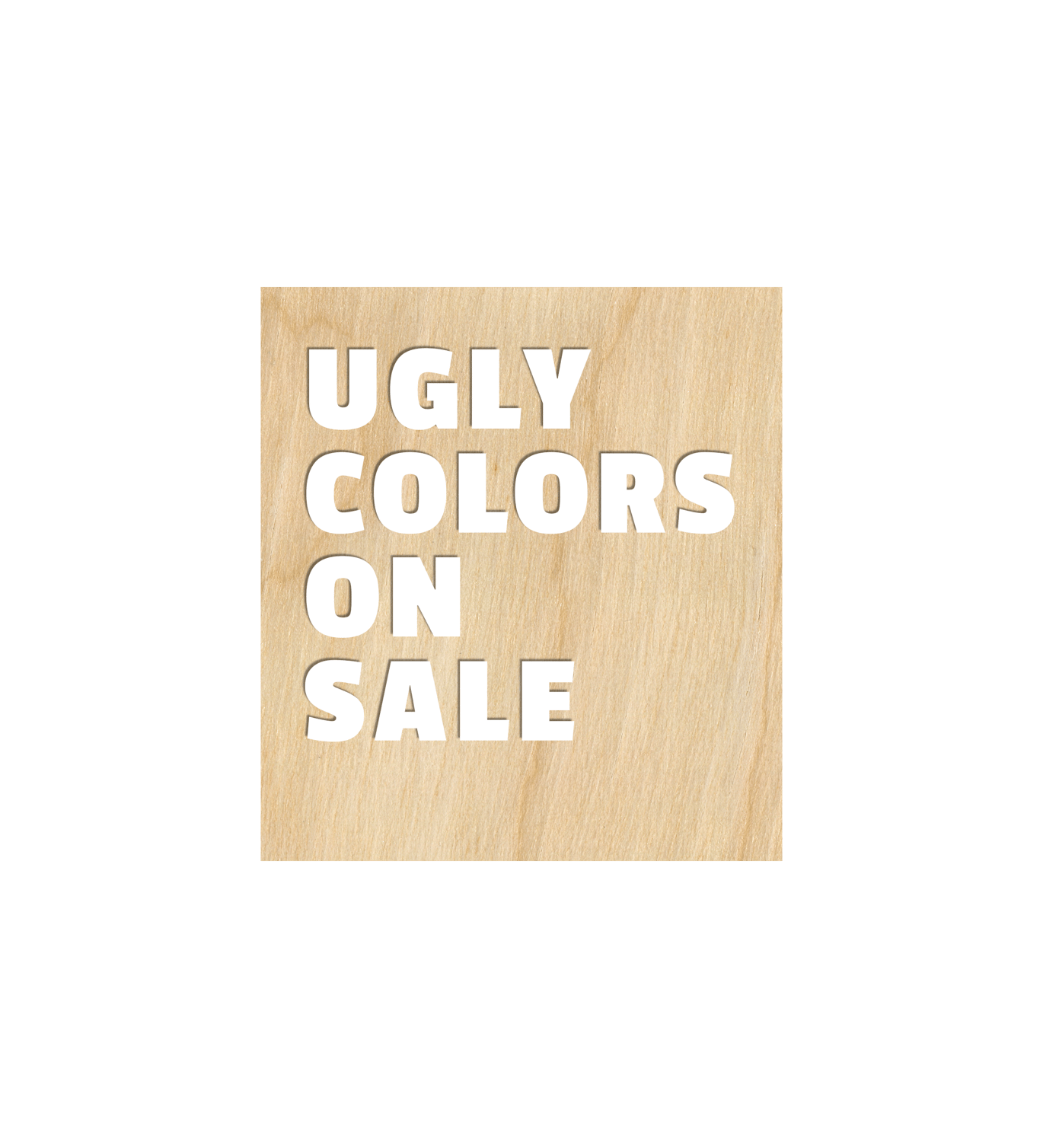
To acquire knowledge, Socrates theorized that one must be conditioned into a state of learning. He drew an analogy — the sun analogy — with the visible realm. I spy with my little eye something blue becomes a story about the human eye, the object in view, and the holy sunlight. Light is the enabler in this narrative. Light had masterminded the function of the eye; light gave the object its color.
The notion of seeing in the visible realm is what understanding is in the realm of knowledge. Light is the playmaker that makes seeing happen. By analogy, the paramount force that bestowed on the mind the power to learn is the same supreme force that renders data intelligible, which is that third thing that sparks knowingness. In order for a human being to enrich herself with knowledge, she would need to engage the Force, to which Socrates refers as “the form of the good.” In his app, had Socrates made an app, it would have been called mindfulness.
I use visual forms as objects of meditation to practice living an examined life.
The landmarks of Chicago anchor the cityscape to its placement in history and provide an outline for my work. I fill in the silhouette with an array of product packaging for a glimpse at a lifestyle. I answer the questions “Where are you from?” and “What do you do?” with an examination of the artifacts in each category. In keeping with the Socratic rationale, this yields a fresh apperception of what is, or maybe is not, “good” in everyday experiences.
I see train stations and firehouses, movie palaces bedecked with lion mascarons, Blommer Chocolate and Morton Salt. I see Renaissance Revival, Neoclassicism, Industrial, and Modernism. Chicago’s architecture layers its flavors like a Lin Brehmer lunch sandwich. The streets are peppered with virgins Mary, Buddha heads and foo dogs. Uptown Theatre is 33 minutes to the Nine Dragon Wall on the Red Line; from the Kwa-Ma-Rolas totem pole in Lincoln Park to the Black Hawk War it is 97 years.
Just as negative space defines the shape of the subject, trash defines human behavior. On looking at post-consumer packaging I find banal tokens of choice and prioritization. I aim my attention at the messaging that influences buying decisions.
“When it makes you feel good about yourself,” was the promise in a brochure of the Chevrolet Monte Carlo from 1975. People wanted “handsome interiors,” in GM’s words, in their personal luxury coupes. Now the unifying message is different: Nature connectedness and sustainability is what makes you feel good about yourself now. Tesla’s battery — not the flair — is at the top of the spec sheet of its S3XY cars. The Monte Carlo-esque call to action, “Give in to your desire,” has also changed. It now suggests: “Please recycle.”
In my work I observe the mark of sustainability on individual behavior and on organizations. I explore waste as both a noun and a verb and its utility in society. The broad contrast that exists between private interest and public interest? I am questioning that.
I am a painterly collagist: I work in the medium of collage in which I embed a viewpoint of painting.
When perusing product packaging to gather material, I survey the stories they tell on the boxes as well as their graphic design features. In my compositions I present an admixture of messages from different products and a recurring theme of sustainability. The marketer’s copy guides my portrayal of human behavior; the colors, fonts, and patterns reify abstract elements of the cityscape imagery. Viewed as an inventory of pigments and textures, the scrappy cutouts translate into a range of tonal values — considering the graphic characteristics in the print — which I use to create a soft transition between colors.
To establish depth in the composition I negotiate the perceptibility of the objects by varying the size of the cutouts and their level of detail. I move figures into the foreground by using smaller fragments and more refined prints, layering the segments to produce sculptural surface qualities, as if I were creating areas of impasto. Accordingly, to de-emphasize background and middle ground elements I use larger, simpler pieces and fewer layers in their construction.
When he said, “Great artists steal,” he clearly meant recycle. Did he not?
Steve Jobs erroneously attributed the adage to Pablo Picasso in a 1995 interview with PBS. Picasso had never said that for real. This maxim was brought forth by W. H. Davenport Adams in an op-ed he wrote in 1892 for The Gentleman’s Magazine. Then T. S. Eliot thought it up again in 1920.
They all said it first.
I am interested in the infusion of recycling into the creative process as a catalyst for evolution of concepts and forms. In my art making I recycle materials which I repurpose and reframe, applying them as both a technician and a theorist.
The notion of human error as an intrinsic property of human activity is another theme I enfold in my work. The universality of human error intrigues me – its indeterminism and variability – for its unique capacity to bring about discovery. Appropriating materials from post-consumer products lets me inject a dose of fabricated imprecision into my artwork, by mixing textures from varied sources, which in turn obscure the contours within the image. Cut with scissors, these pieces of paper celebrate the imperfection of a mark made by hand.

Nurit Pazner is an Israeli American artist based in Chicago. Before practicing art professionally, she worked in the technology industry developing software for architectural design, market research, and financial technology. Nurit received a Bachelor of Science in Computer Science from the Technion, the Israel Institute of Technology, and a Master of Science in Management from Boston University.
